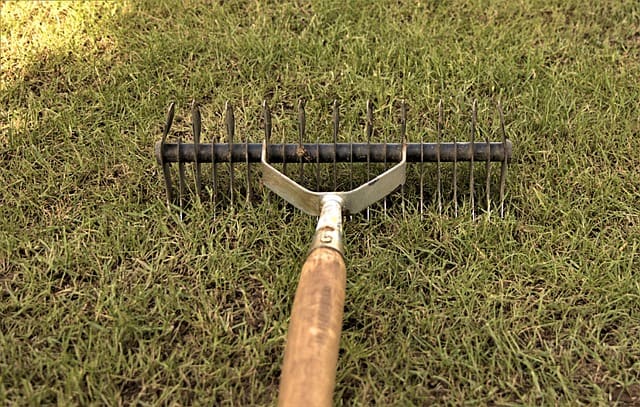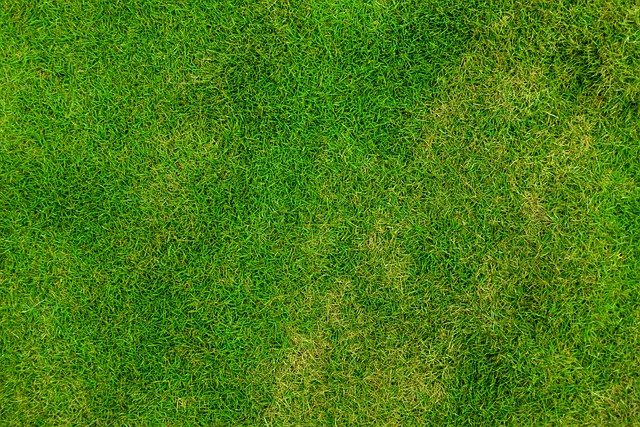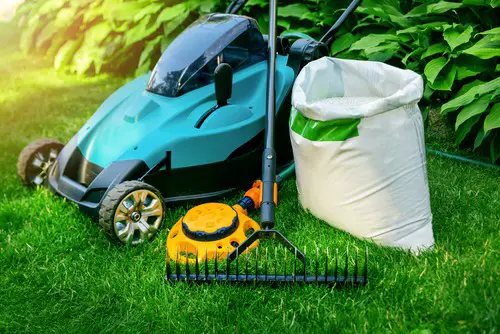When you see a good-looking lawn, it means the homeowner is making an effort to maintain it. Many gardening tools come in handy for improving a lawn in their specific ways. However, some gardening tools seem to have similar applications, such as lawn scarifiers and dethatchers.
These tools primarily control thatch build-up despite being different altogether. This is why we need to compare the lawn scarifier vs. dethatcher as many gardeners do not know which of them to use.
In this article, we will explain in detail the differences, especially in their applications and impacts on a lawn.
Now, let’s get started!
Lawn Scarifier vs. Dethatcher Differences

Understand that scarifying and dethatching mean two different things. So, see how the functions of scarifiers differ from those of dethatchers below:
What Is a Lawn Scarifier Used For?
Basically, a lawn scarifier helps to get rid of thatch, debris, and other organic matters that surround the feet of grass plants. These debris and organic matter could prevent the good growth of the grass plants.
Due to their sharp, knife-like metal blades, lawn scarifiers easily cut through the soil. And this makes them more effective in dethatching soil. This tool equally goes deep to remove debris below the thatch.
Lawn scarifiers also leave holes in the ground, and this helps to aerate the soil. Also, this tool makes the lawn look better and helps the soil take in water and nutrients better.
In addition, as lawn scarifiers cut through the soil, it helps to free the roots of plants. This can encourage more growth! However, after scarifying a lawn, the grass will recover slowly.
What Is a Dethatcher Used For?

Detachers are less complex tools, unlike lawn scarifiers. Besides, you dethatch by pushing these dethatchers into the lawns and dragging out the thatch.
Dethatchers help to remove thatches from the lawn and aerate it at the same time. Unlike a scarifier, a dethatcher will leave behind a little thatch in the ground. And this little thatch left can benefit the soil greatly, unlike thick layers of thatch.
In addition, during recovery after dethatching, the grass will grow faster. Hence, if you want to fix your lawn to make it prettier in a short period, you should use a dethatcher instead of a scarifier.
When is the Best Time for Scarifying?
First, understand that you need to scarify your lawn only once or twice a year if the thatch develops too fast. Grass plants like fescue grasses build up thick thatch very fast.
If you grow these kinds of grass, it’s best to scarify them. Detaching them isn’t ideal, unless you have the time to do it very often.
In a case where you plan to start a new lawn and the soil is compact, scarify it. This can help loosen the soil.
Another appropriate time to scarify your lawn is when the entire lawn is a mess. In a situation like this, you might find it hard to know where to start. But if the grasses are overgrown, mow them. And if your lawn has a lot of thatch, you should scarify it instead of dethatching it.
When is the Best Time for Dethatching?

Did you recently planted grass on your lawn and you want to get rid of the thatch? You should use the dethatcher. New grasses develop roots that gradually spread throughout the lawn.
For this reason, scarifying the new lawn isn’t a good idea. This is because the grass might not recover at all. In addition, during the spring, it’s best to dethatch your lawns.
If you scarify them instead, the grass can experience shock and may not recover when the days become hot. Dethatching them ensures they recover in a few weeks.
Additionally, in situations when you want to beautify your lawns as quickly as possible, you should dethatch them. This is because the beauty of the lawn starts to surface faster if you detach and not scarify.
It’s equally important to dethatch your lawn only when it’s healthy and active. Some weather conditions, like drought, can leave a lawn inactive and stressed. Avoid dethatching your lawn if it’s in this condition to prevent damage that is beyond repair.
See a related post: Tiller vs. Aerator
Conclusion
After the lawn scarifier vs. comparison, it’s clear they are two different gardening tools and affect laws differently. Having said that, they are still closely related and can do similar work on your lawn.
Furthermore, we’re sure you now know the appropriate time to use any of these garden tools. Whichever way, they both contribute to a beautiful and healthy lawn.
Frequently Asked Questions
Is Dethatching Necessary?
It’s necessary to dethatch your lawn from time to time. However, due to how gradually thatch accumulates, it’s not necessary to dethatch your lawn every year.
Dethatching a lawn too often can destroy the grass plants growing on it. It should not be a frequent practice on your lawn, unlike mowing. Hence, you should dethatch your lawn only when it needs it.
However, you can choose to dethatch every five years. This timeframe is spacious enough to ensure your lawn only suffers from frequent dethatching.
Is It Best To Scarify or Rake a Lawn?
Scarifying and raking a lawn are two different things. However, scarification also involves raking the lawn.
Nevertheless, a rake can only take care of the thatch, moss, and debris on the surface of the lawn. Lawn scarifiers, on the other hand, pierce deep into the lawn and can drag out thatch and debris deep into the soil.
What Does a Lawn Look Like After Scarifying?
Scarified lawns will look irregular and dull with an uneven color. This appearance will make anyone assume they are dry, barren, or even dying.
However, a scarified lawn might appear horrible at first but will turn out better in about six weeks when it recovers.
When a lawn recovers from scarification, it’ll be healthier and have a bright, even color. Any gardener will be happy with the outcome and will wish they had done it a lot sooner.

Hey, I’m Lisa and I’ve been an avid gardener for over 30 years. I love writing, talking and living in the garden! Feel free to connect with me on my socials below

